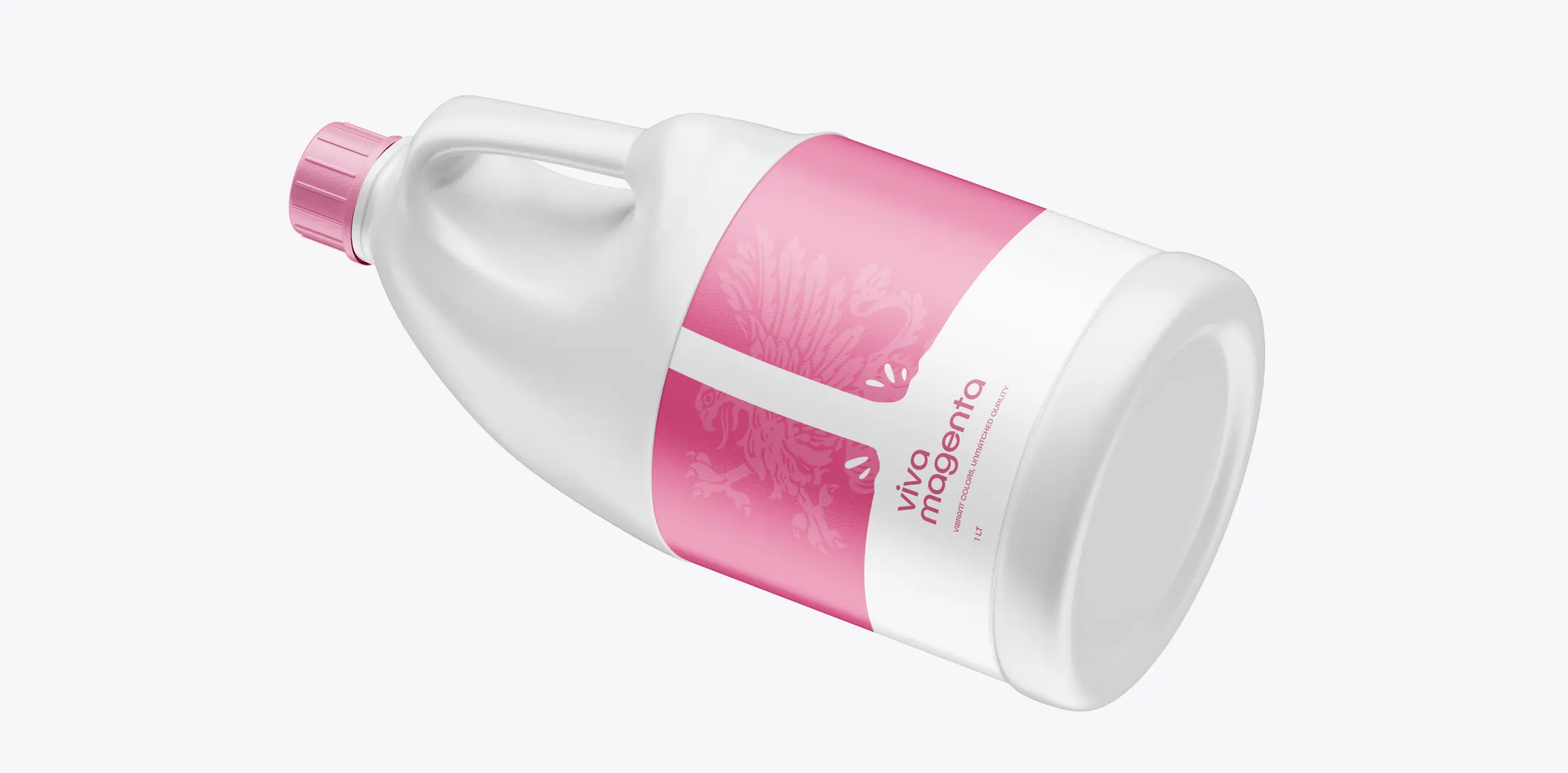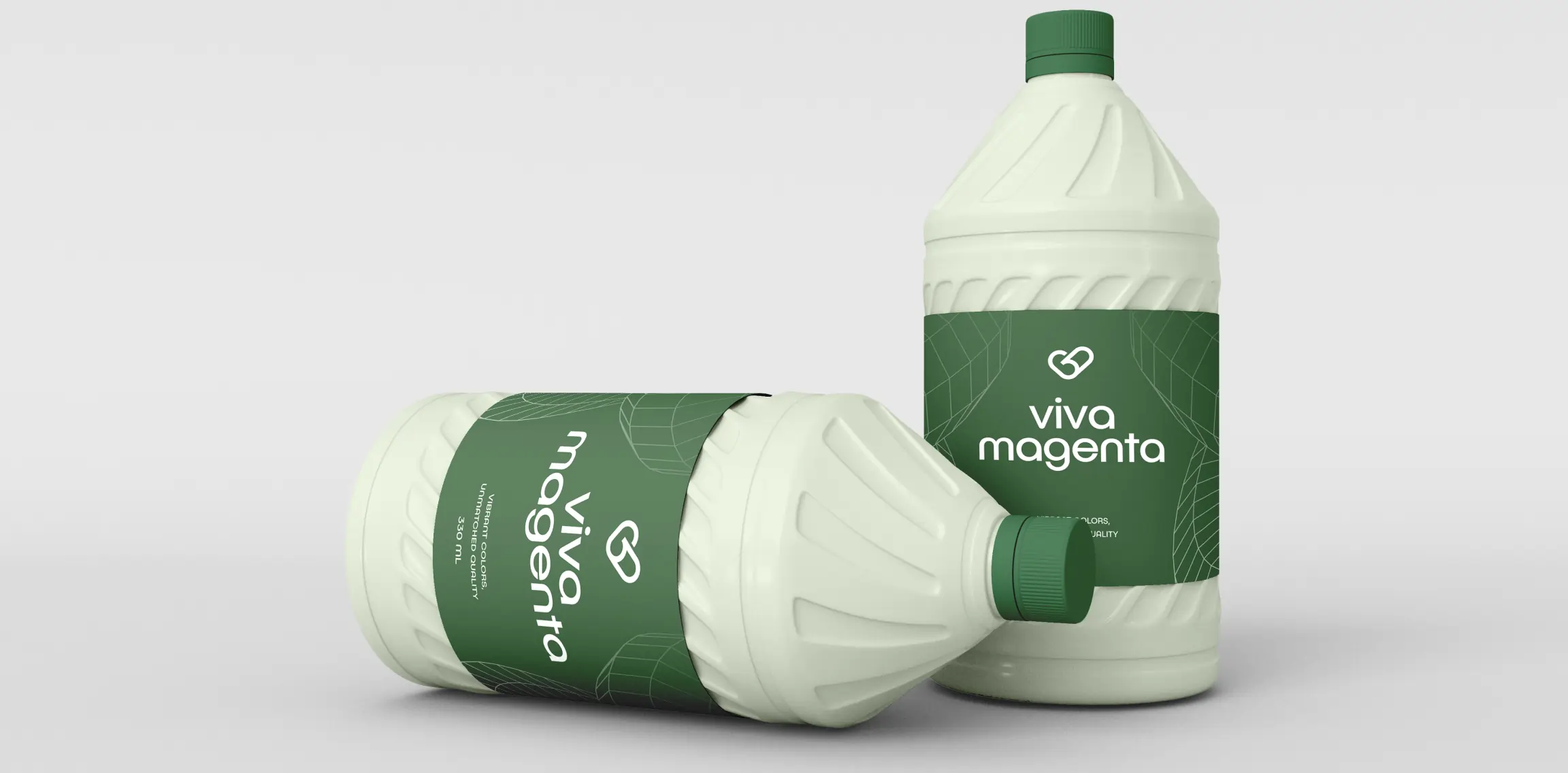How to Label Cleaning Products: The Essential Guide to Labelling
In the competitive world of cleaning products, labels are crucial as the primary communicators of safety, effectiveness, and brand values. Far from just serving aesthetic purposes, labels offer vital information that guides consumers safely and effectively using cleaning products. Acting as silent salespeople, these labels can sway consumer trust and preference towards a product. The design and content of a label bear the significant responsibility of ensuring safety and regulatory compliance and reflecting the brand's commitment to quality and its values.
What are the labelling requirements for cleaning products?
Understanding and adhering to stringent labelling requirements is non-negotiable for companies venturing into the cleaning product sector. Labels on cleaning products serve as more than informational guides; they are legal documents that detail ingredients, usage instructions, hazard warnings, and disposal methods. This information is crucial for preventing misuse and accidents and safeguarding consumer safety. Regulatory bodies demand that labels transparently communicate the risks associated with the product, including safe handling and storage instructions. By meeting these standards, businesses protect their customers and bolster their image as trustworthy and responsible brands. Hence, navigating the regulatory landscape is fundamental for any company aiming to make its mark in the cleaning industry.
What is the educational role of labelling of cleaning products?
A meticulously designed label does more than enumerate ingredients; it clearly outlines how to use the product safely, cautions against potential hazards, and provides tips for achieving the best results. This comprehensive approach to labelling empowers consumers to make well-informed decisions, enhancing their confidence and satisfaction with the product.
Moreover, cleaning product labels are instrumental in detailing the product's efficacy for specific cleaning tasks, guiding consumers to select the most suitable product for their requirements. This clarity in communication not only aids in educating the user but also fosters a sense of trust and loyalty toward the brand.
How do labels influence brand identity and consumer trust in cleaning products?
Cleaning product labels are more than informative pieces; they are vital in shaping and conveying a brand's identity. They reflect the brand's core values, such as dedication to effectiveness, safety, eco-consciousness, or innovation. A thoughtfully designed label does more than merely describe the product; it tells the story of what the brand represents, fostering an emotional bond with consumers.
This connection is essential in the cleaning product industry, where trust and reliability are non-negotiable. Consumers look for products that promise and deliver safety and performance. When a label communicates the brand's commitment to these principles, it builds consumer confidence. This trust is the foundation of a strong relationship between the brand and its customers, which is critical for standing out in a highly competitive market. Brands that effectively embody their identity and values on their labels cultivate a dedicated customer base, loyal to both the efficacy of the product and the ethos of the brand itself.
Integrating brand identity into cleaning product labelling is a strategic approach to engaging consumers. Companies can inspire trust and loyalty by ensuring that labels reflect the brand's commitment to its values. This helps distinguish their products from the competition and establishes a lasting connection with consumers. Effective label design, therefore, is integral to building and maintaining consumer trust and loyalty in the cleaning product sector.
What design strategies should be implemented for cleaning product labelling?
The design of cleaning product labels should prioritize both attractiveness and informative clarity. Utilizing distinct colour schemes, readable typography, and relevant imagery can direct consumers' attention to essential details, improving their understanding and engagement with the product. Consistency in design across a product line not only aids in brand recognition but also builds consumer trust, as they can quickly identify their preferred products. Innovative design features that spotlight the product's unique selling points can differentiate it in a competitive market. An eye-catching and educational label enhances the product's marketability and user experience.

What materials should be chosen in labelling cleaning products?
Choosing the appropriate material for cleaning product labels is critical to ensure they endure through exposure to moisture, chemicals, and regular handling. Opting for waterproof, grease-resistant labels guarantees that the product's information stays readable throughout its use. Beyond durability, the aesthetic appeal of the material plays a significant role in reflecting the brand's image and engaging the consumer's senses. The adhesive selection is equally important, as it must keep the label securely in place, maintaining ongoing safety instructions and brand visibility. In selecting materials, manufacturers weigh durability against aesthetics and cost, aiming to produce labels that fulfil practical needs and brand identity goals.
Glossy Labels: These labels offer a vibrant, eye-catching look that can make cleaning products stand out on the shelves. Their shiny finish can attract the consumer's eye, suggesting a clean, effective product. However, it's essential to ensure they are resistant to smudging and wear, primarily since cleaning products are often handled with wet or dirty hands.
Metallic Labels: Metallic labels add an element of sophistication and quality, suggesting a premium cleaning product. Their ability to catch light can make a product more noticeable and appealing. This material suits brands that aim to emphasize their cleaning products' superior effectiveness or luxury..
Polypropylene Labels: Known for their toughness, polypropylene labels are an excellent choice for cleaning products frequently exposed to water, chemicals, or rough handling. Their ability to maintain visual integrity over time without sacrificing the product's appearance makes them a practical choice for products stored under sinks or in garages. The environmental impact of materials is also a consideration; thus, brands should seek sustainable options when possible.
Clear Labels or Ultra-Clear Labels: Clear labels offer a sleek, modern look that can enhance the perception of cleanliness and simplicity. They allow the product to be visible, directly connecting the consumer and its appearance. Designing these labels requires precision to ensure critical information, like usage instructions and safety warnings, remains visible and legible.
When selecting a label material for cleaning products, consider the environmental conditions the product will face, the brand's aesthetic, and cost considerations. The ideal choice should not only support the product's functionality and longevity but also resonate with the brand's image and values, ensuring compliance with labelling requirements for cleaning products. This thoughtful selection process is essential in the competitive cleaning industry, enhancing the product's practicality and shelf appeal.
Wrapping It Up: The crucial role of labelling in the cleaning industry
Effective labelling transcends mere compliance and communication in the cleaning product industry—it forms a pivotal connection between the brand and its consumers. It encompasses many aspects, including adherence to regulatory standards, educating consumers, embodying brand identity, incorporating design aesthetics, ensuring material durability, and upholding sustainability principles. A well-crafted label guarantees safety, educates the consumer, and fosters trust and loyalty by mirroring the brand’s dedication to quality and its core values.
In an industry where the stakes of safety and effectiveness are exceptionally high, nuanced and thoughtful labelling becomes critical in elevating a product's appeal and market success. Brands that skillfully navigate the intricacies of labelling, leveraging it to engage with consumers and articulate their brand story, find themselves better positioned in a competitive landscape. The importance of labelling, therefore, in building connections, conveying trust, and ultimately driving success cannot be overstated as brands continue to meet the dynamic challenges and seize the opportunities within the cleaning product market.

